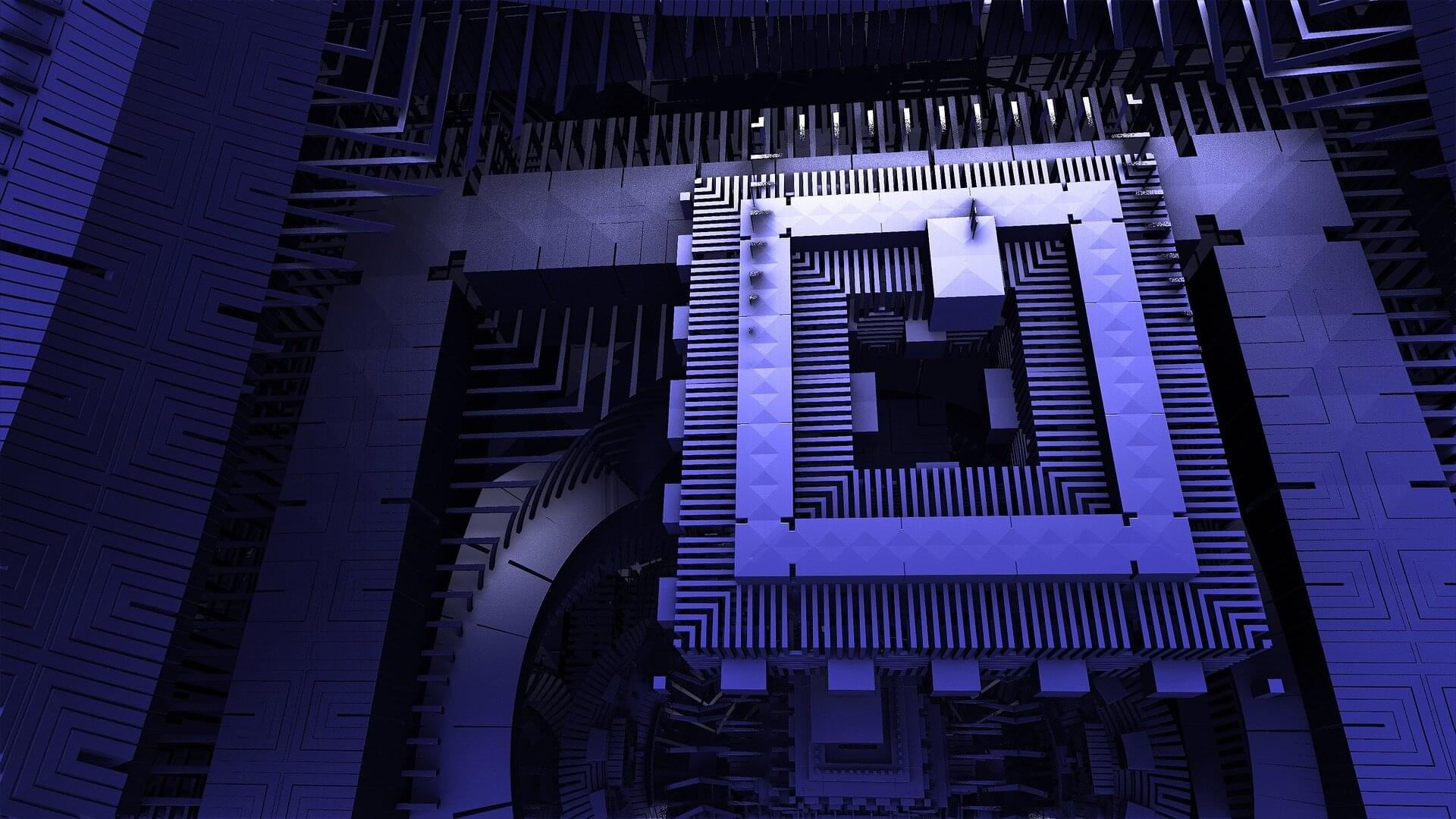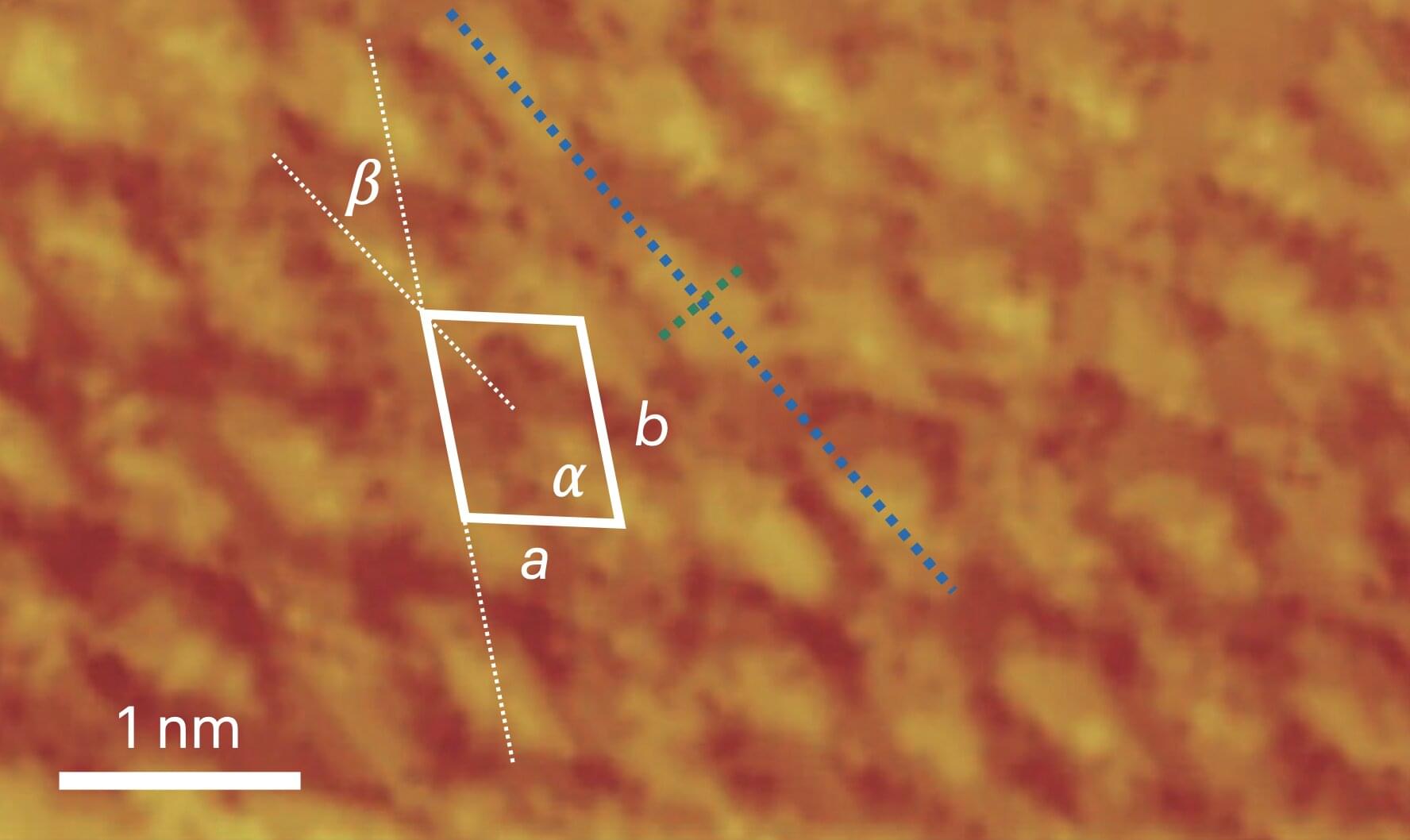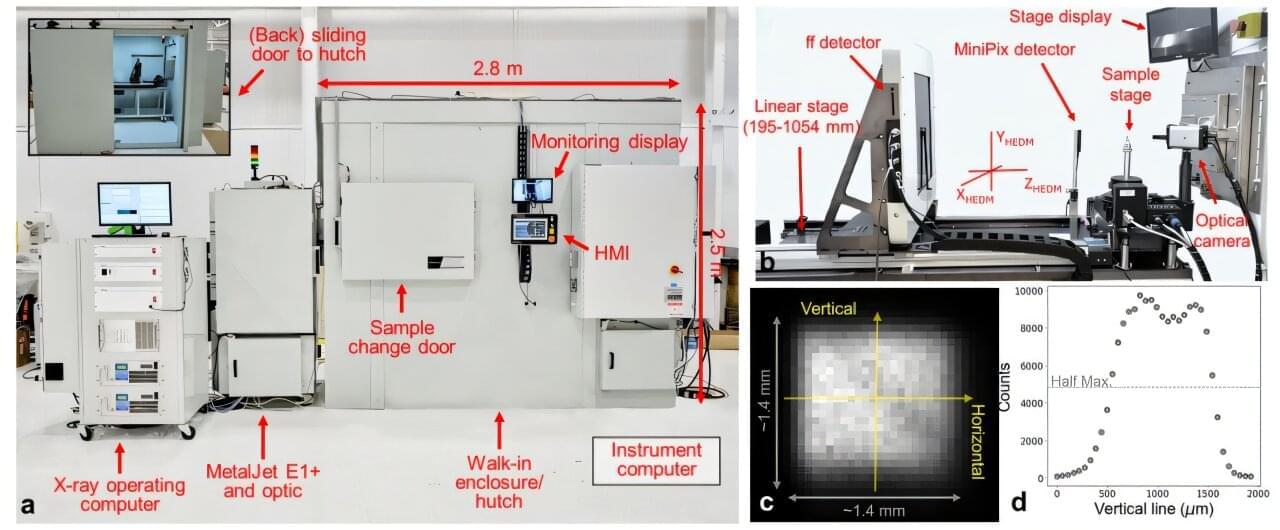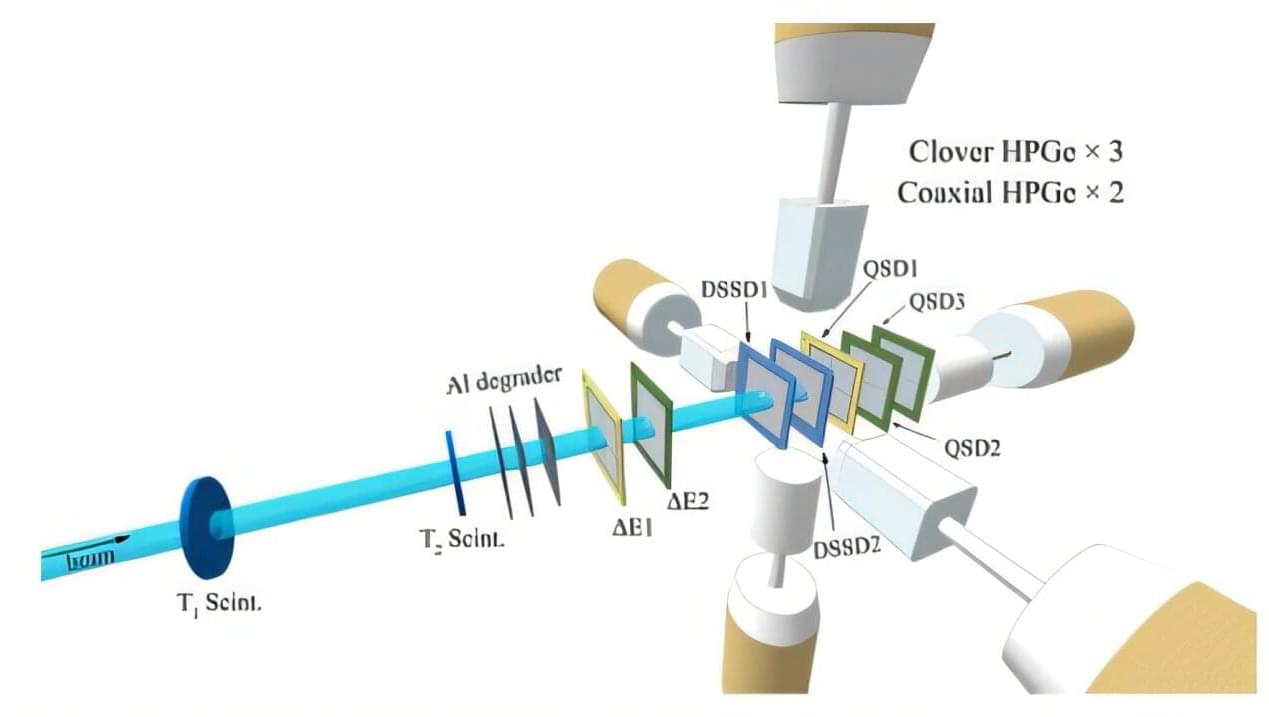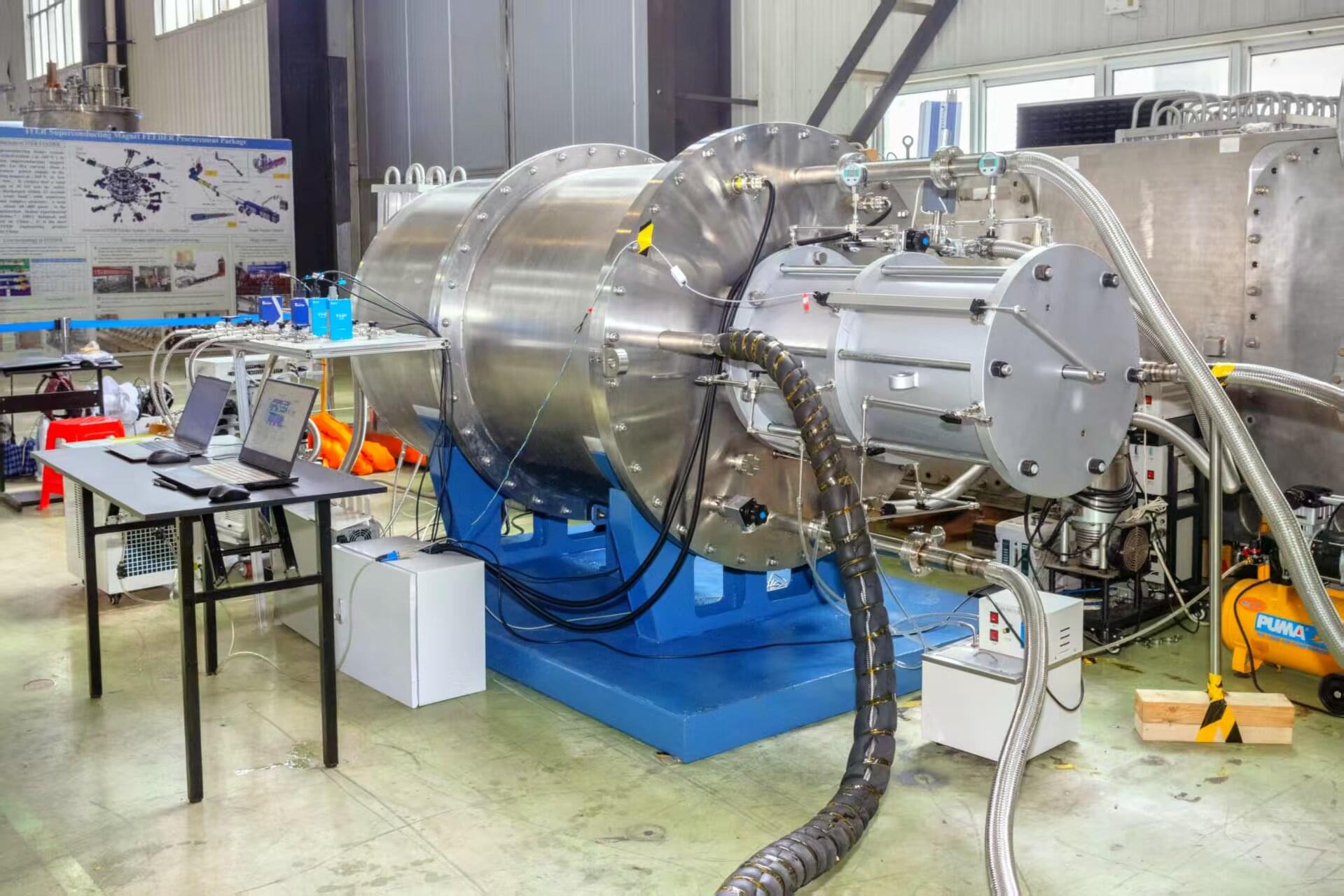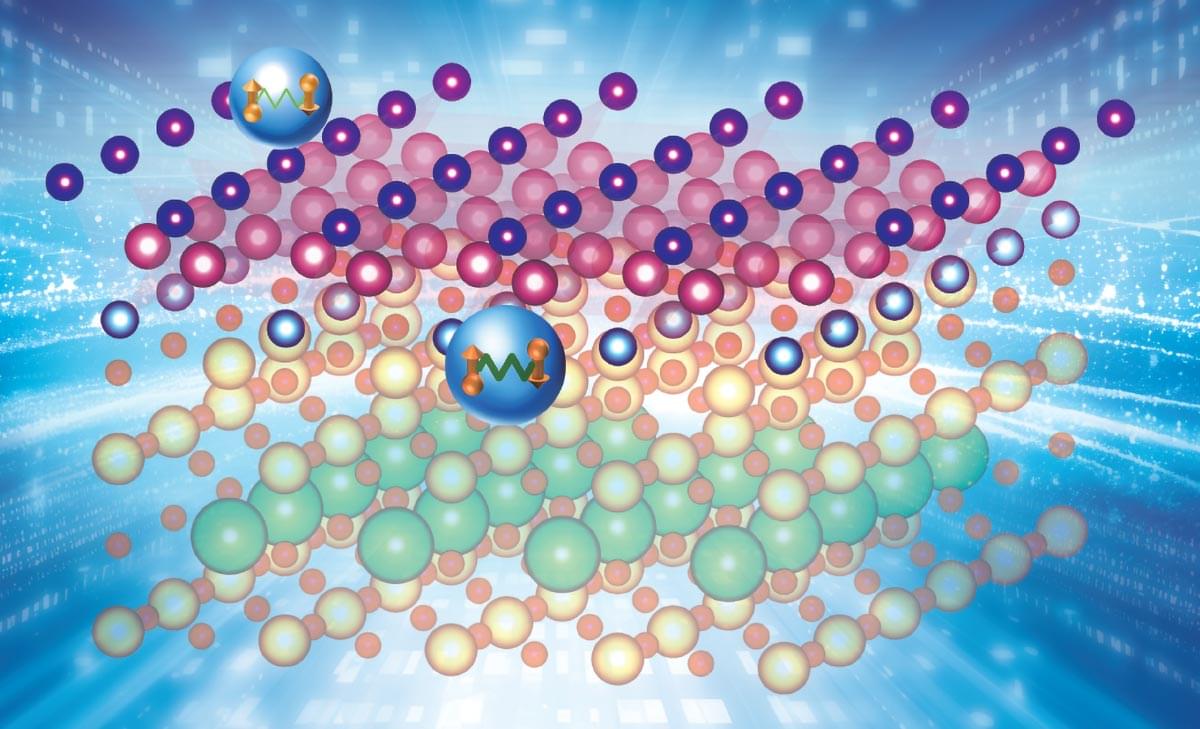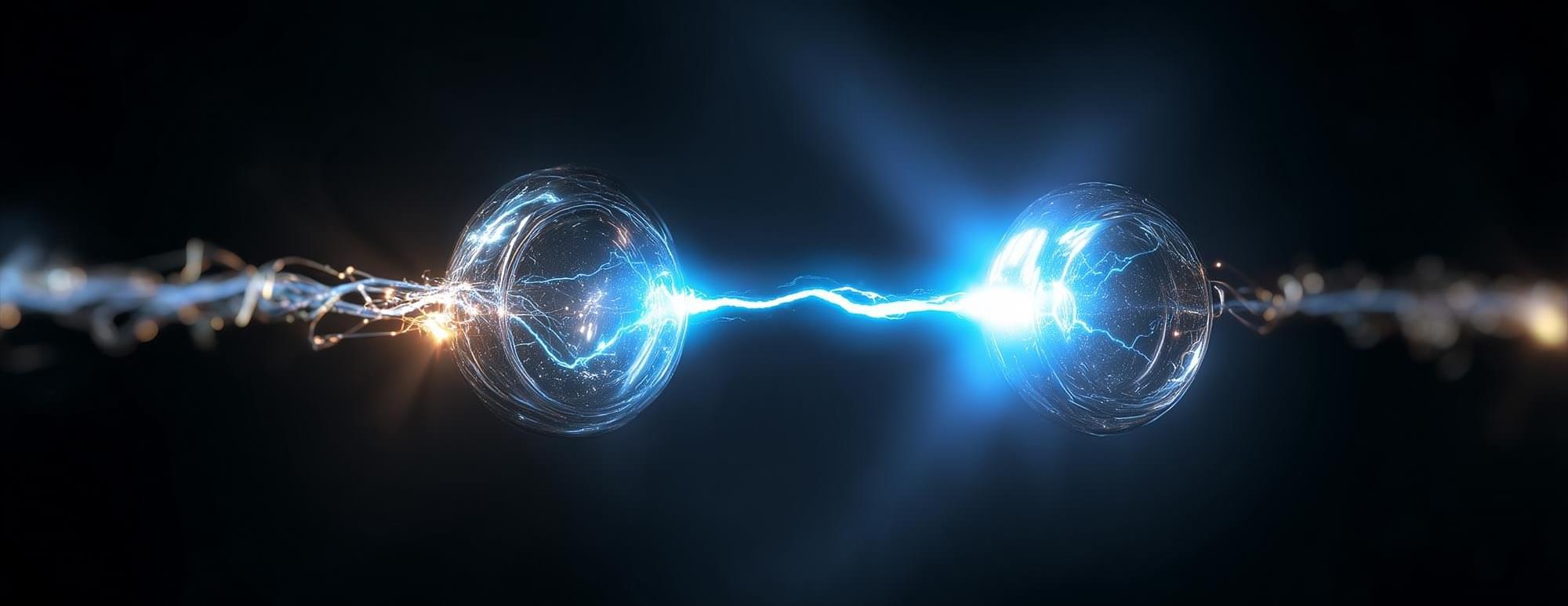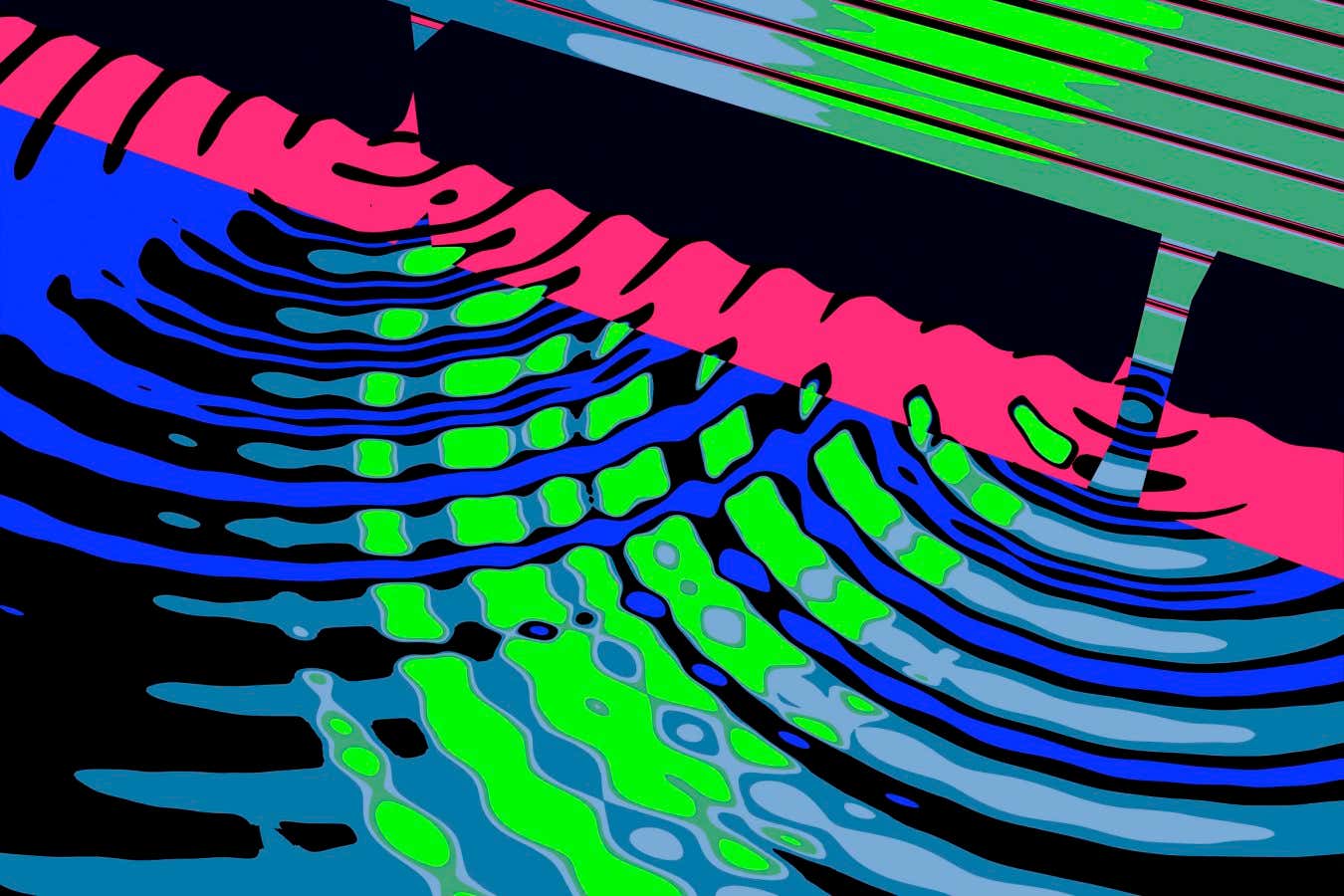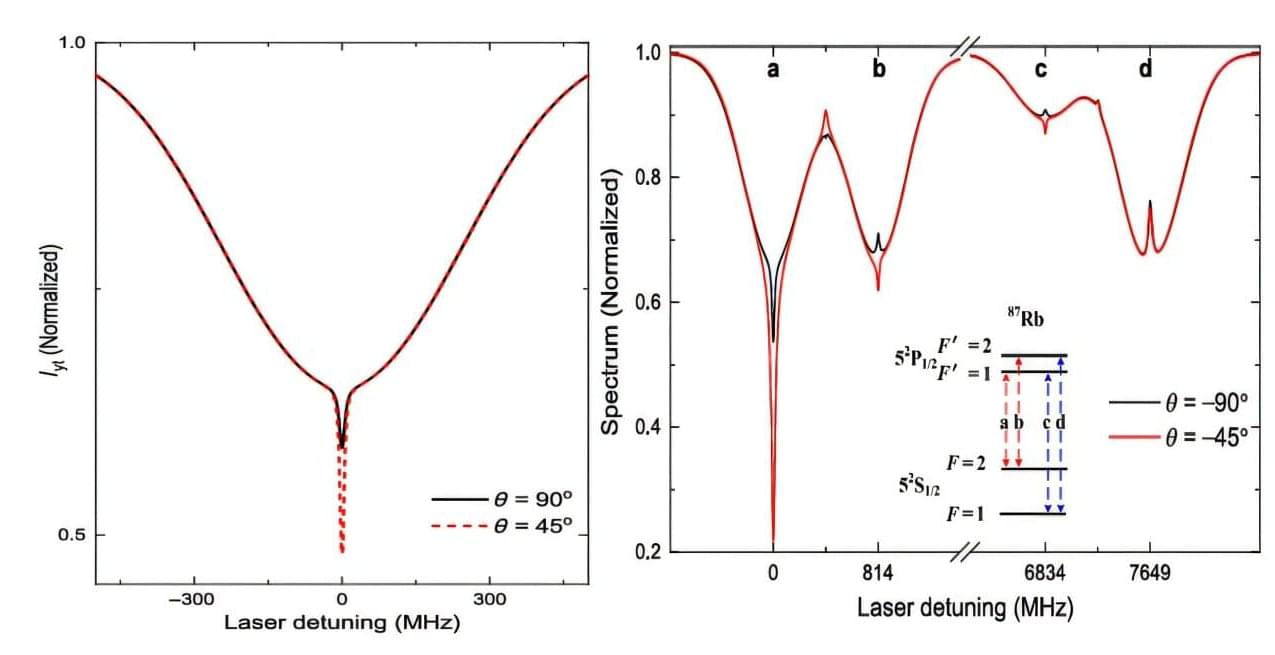In the future, quantum computers could rapidly simulate new materials or help scientists develop faster machine‐learning models, opening the door to many new possibilities.
But these applications will only be possible if quantum computers can perform operations extremely quickly, so scientists can make measurements and perform corrections before compounding error rates reduce their accuracy and reliability.
The efficiency of this measurement process, known as readout, relies on the strength of the coupling between photons, which are particles of light that carry quantum information, and artificial atoms, units of matter that are often used to store information in a quantum computer.
